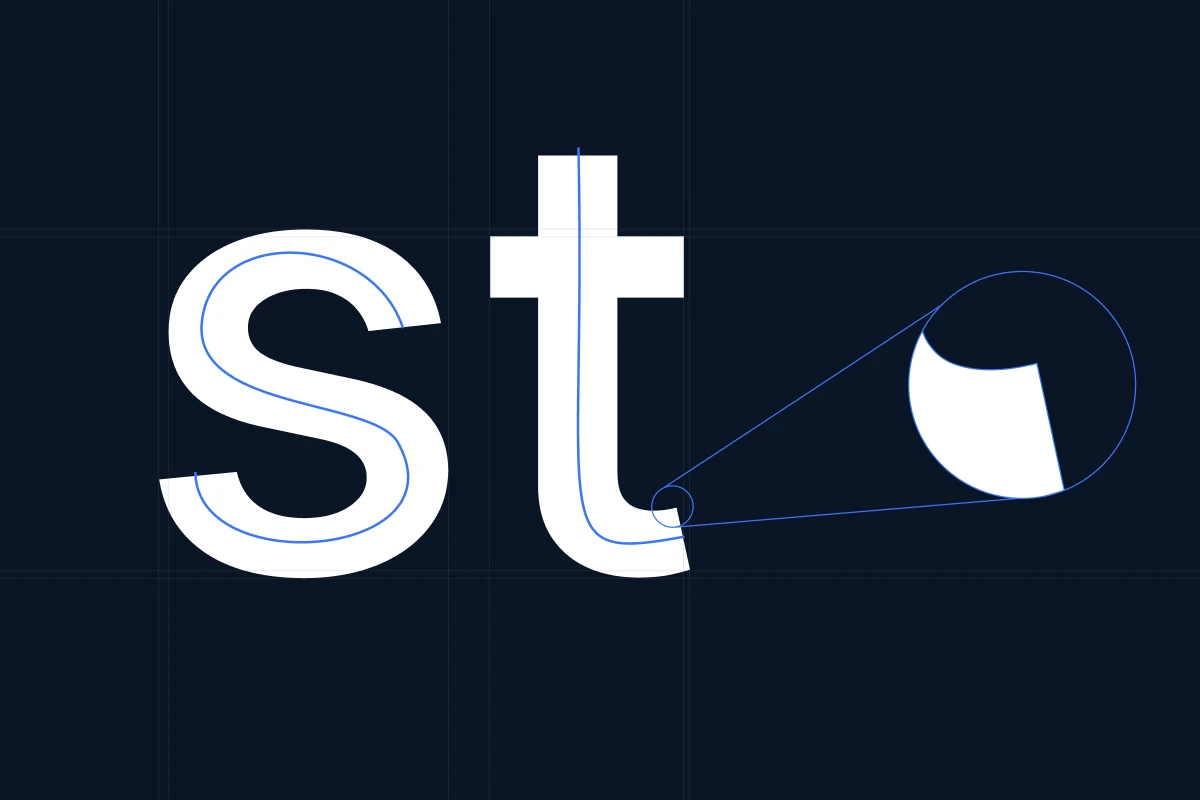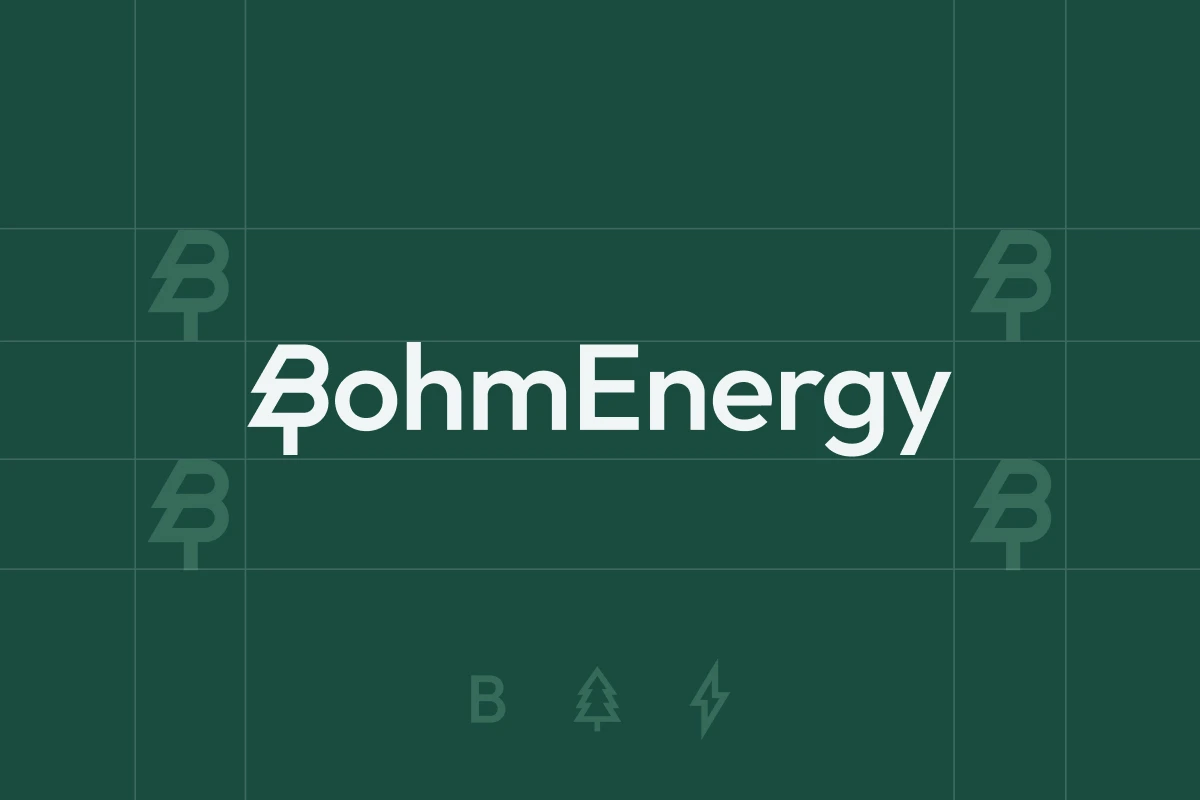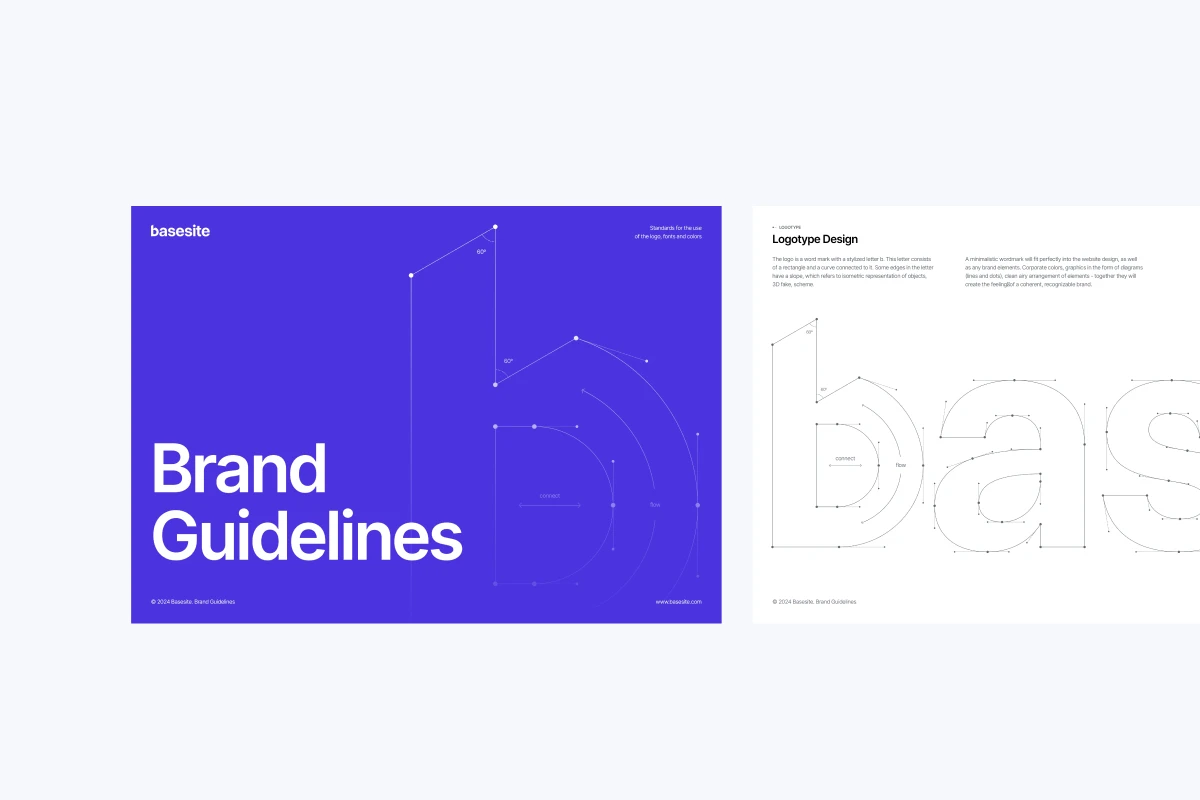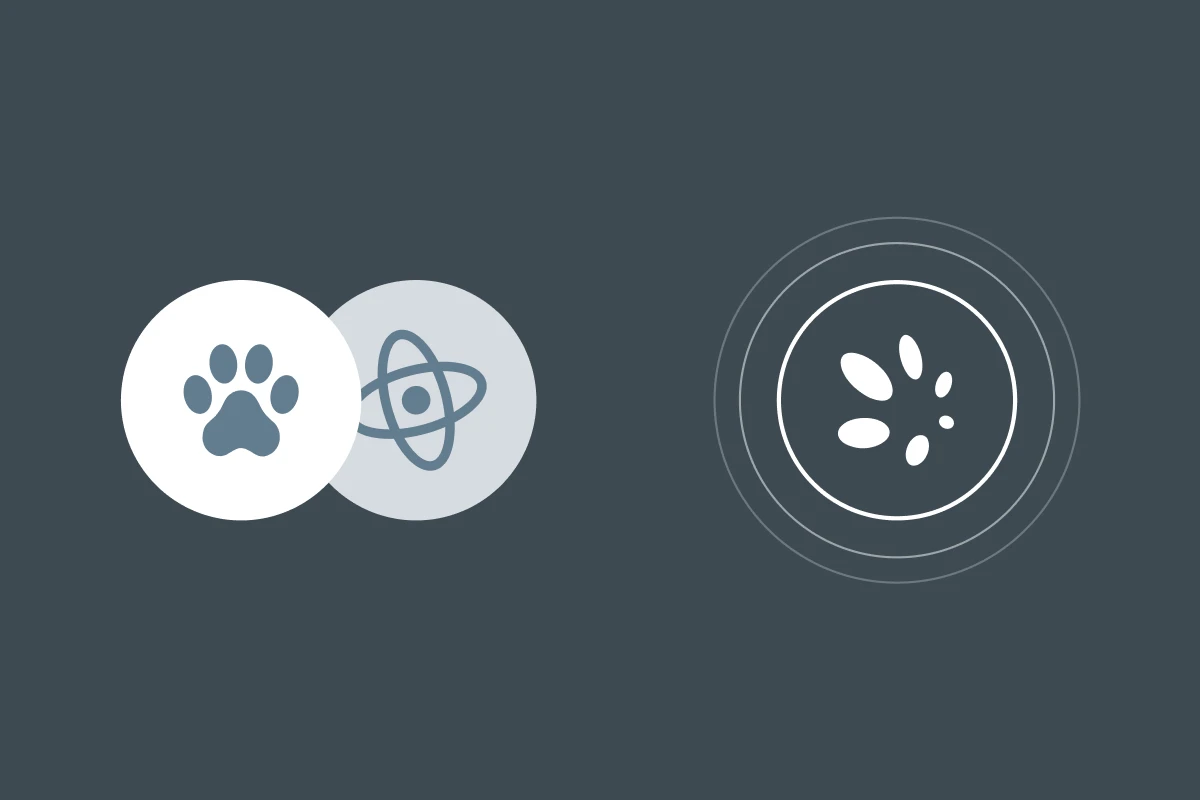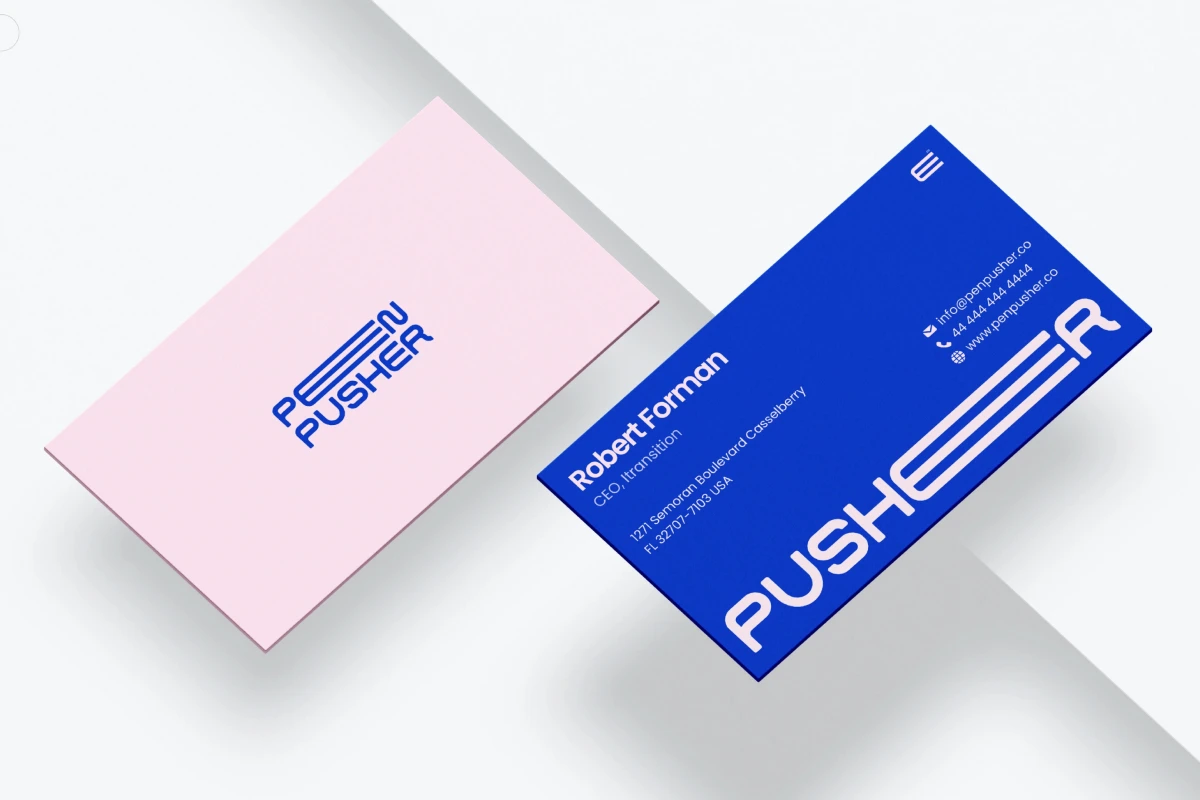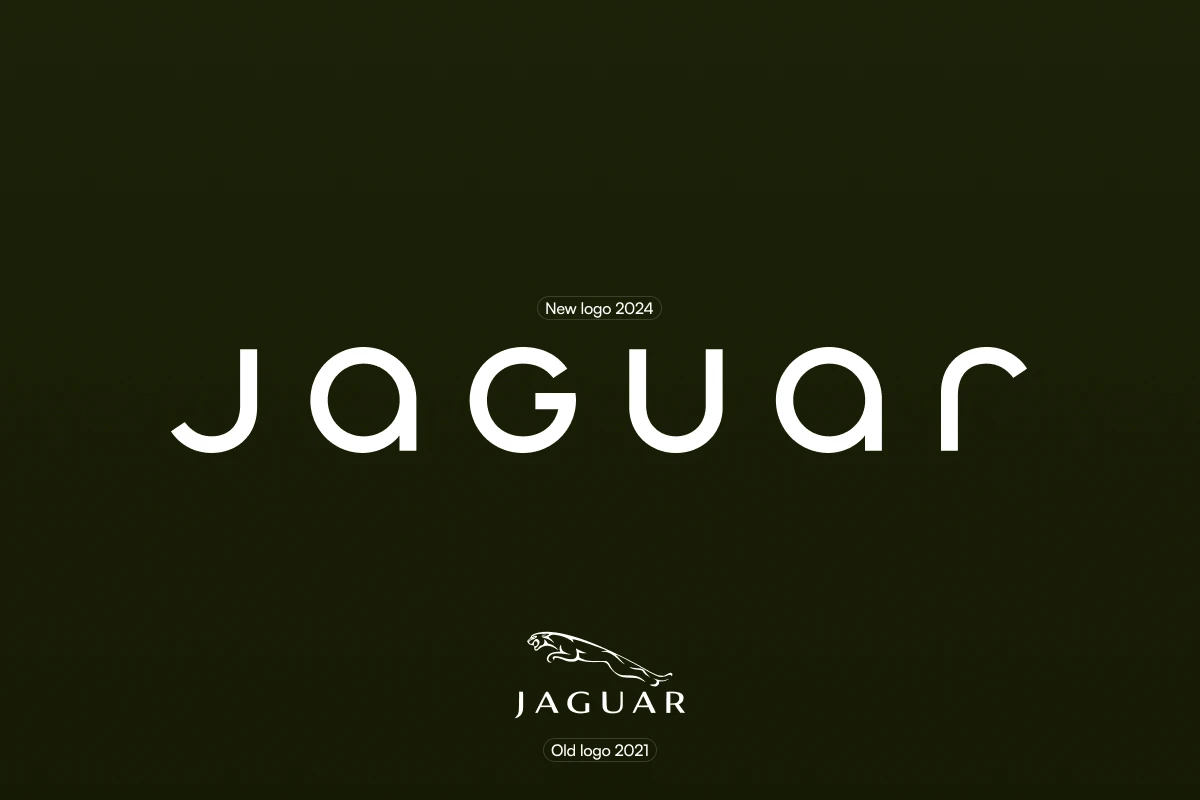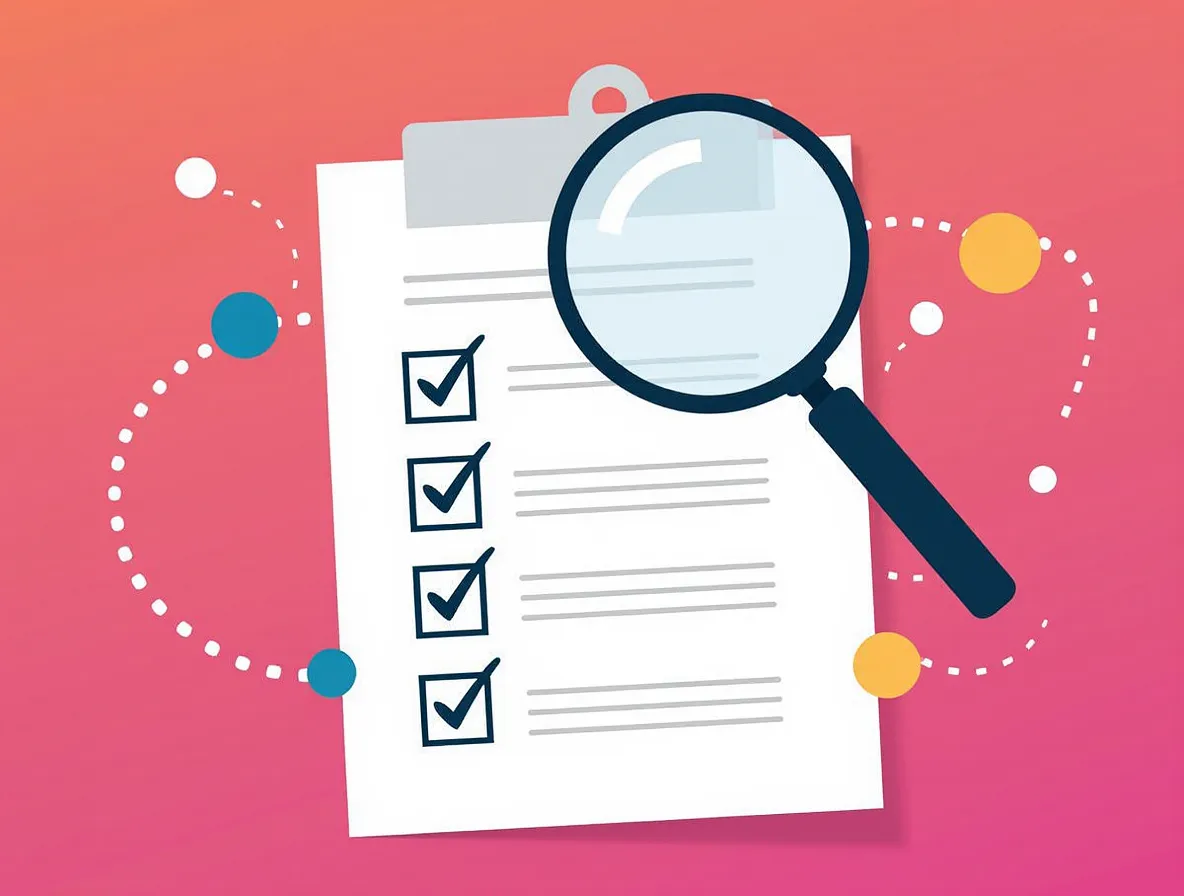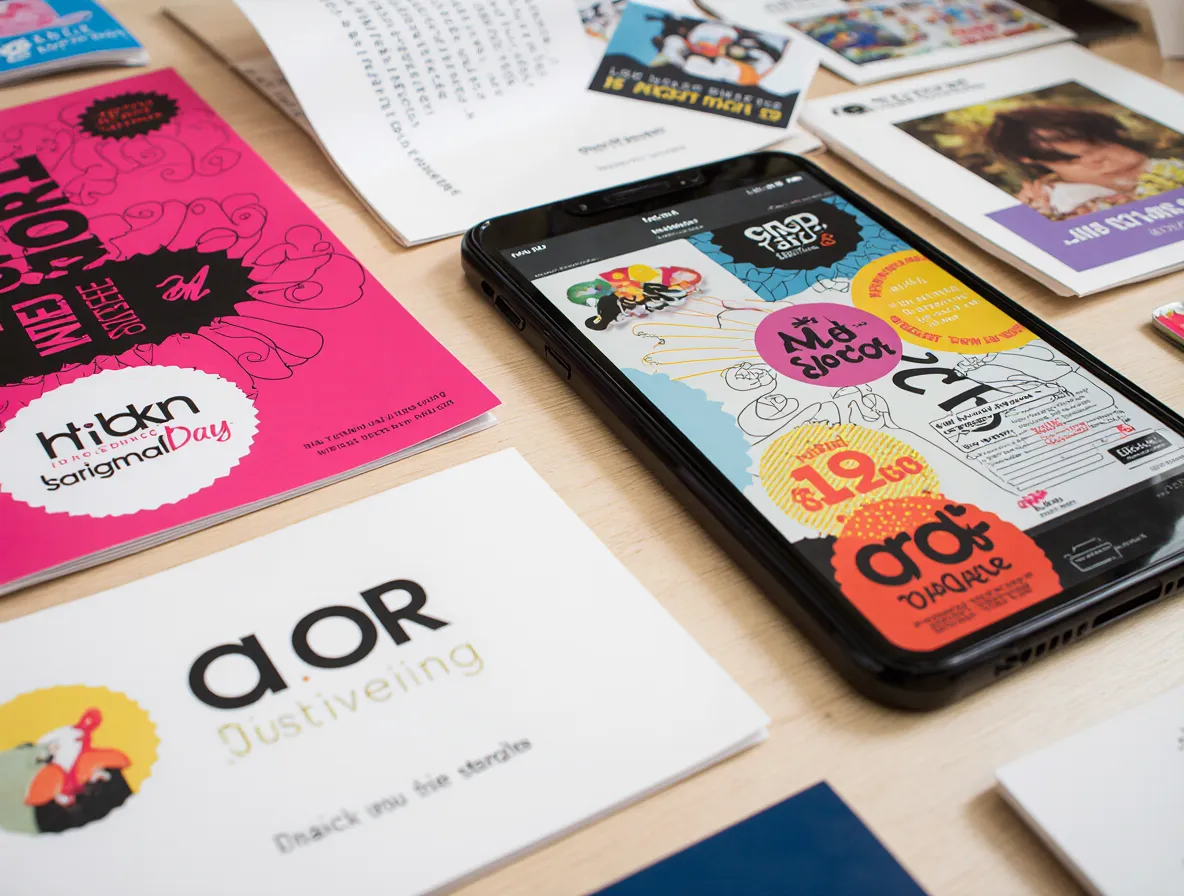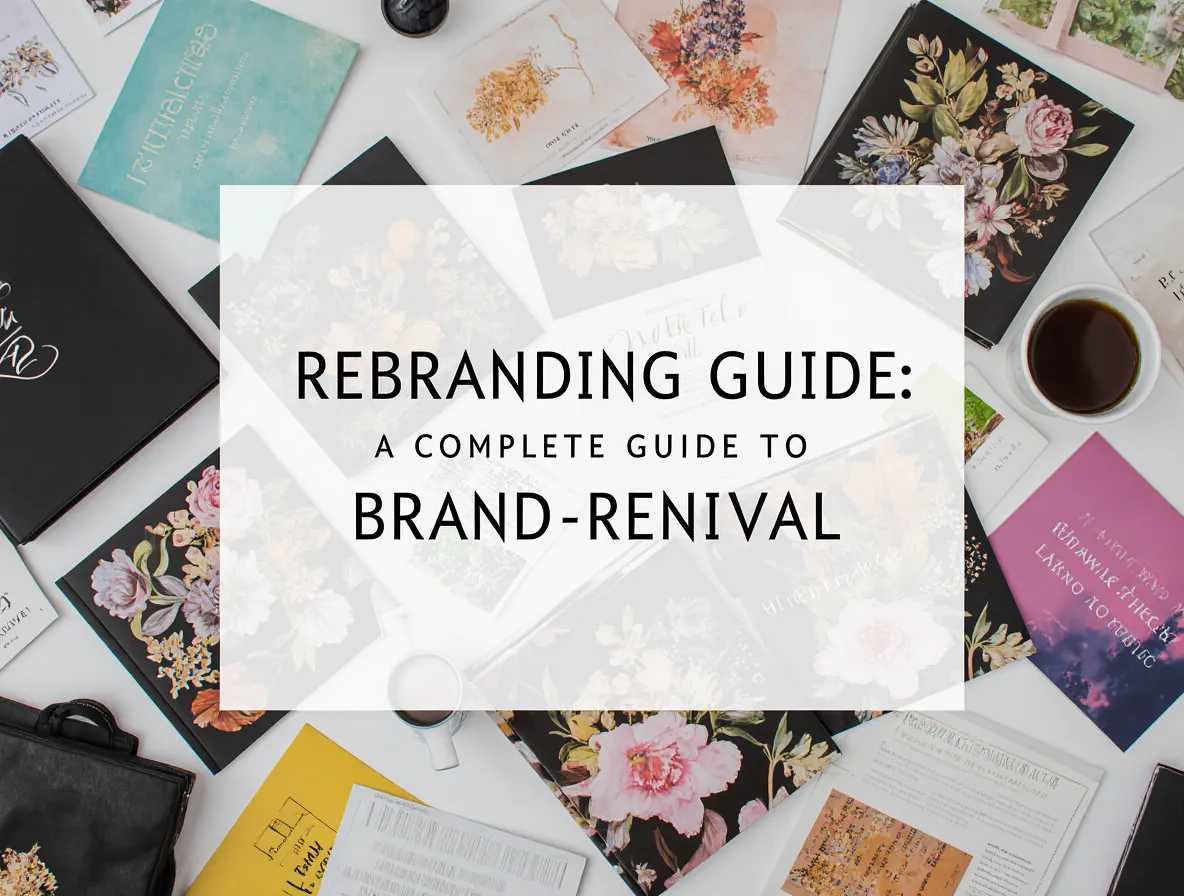Branding is more than just a logo. It’s the full impression people get from your business—what they see, how they feel, and what they remember. It helps someone pick your offer over others, even if the features are nearly the same.
The mistake? Many businesses focus only on surface visuals. They get a logo, choose a few colors, and maybe add a font. Then they stop. But good branding is a full system. It includes how everything works together—visually, emotionally, and through words.
This complete branding checklist breaks down the 12 key brand elements every business needs to build a brand that’s professional, consistent, and built to last. Whether you’re starting fresh or using a branding checklist template for rebranding, this guide will help you cover everything that matters in corporate identity.

1. Brand Strategy
Every strong brand starts with a plan. A proper brand strategy checklist includes:
- A mission: why your brand exists
- Core values: what you believe in
- A clear target audience
- Positioning: how you stand out from the crowd
Without a clear strategy, your brand will feel random. Strategy helps keep everything—visuals, words, tone—in line. It makes decisions easier and builds meaning over time.
For example, Tesla focuses on innovation and progress. Their brand feels bold and futuristic. IKEA, in contrast, promotes simplicity and access for all. Their branding is warm, helpful, and budget-friendly.
This kind of focus should be at the top of every business branding checklist and is essential to differentiate your brand in competitive markets.
2. Brand Name
A strong name makes your brand easier to remember. It should be:
- Short
- Easy to say and spell
- Unique
- Matched with a free domain and social handles
Avoid names that only make sense to insiders. They can confuse or age badly. Also, always check for trademarks.
When Dunkin’ dropped “Donuts” or when Slack rebranded from “Tiny Speck,” the goal was to better reflect who they were becoming. A smart name supports your future growth and builds long-term brand value.
3. Logo Design
Your logo is often the first thing people notice. It's not your whole brand, but it is the main symbol people connect with your company.
A good logo should be:
- Easy to recognize
- Scalable for big and small use
- Simple but not boring
- Designed with purpose
There are three main logo types:
- Wordmarks (like Google): just the brand name in a unique style
- Symbols (like Apple): icons that represent the brand
- Combination marks (like Spotify): text and icon together
A logo design checklist ensures that your mark works across all formats while staying aligned with your visual identity. It has to look good and make people feel something.
4. Color Palette
Color shapes mood and emotion. People react fast to color—even before they read a word.
Blue feels calm and reliable. Red brings energy. Black feels bold and high-end.
When picking your colors:
- Choose one strong main color
- Add a few support colors
- Make sure text is readable
- Check how it looks on screens, print, and packaging
A solid color system builds brand consistency. It makes your brand more recognizable and helps people feel connected to it. Always include your brand colors in the official brand guideline checklist for easy reference by designers and team members. It makes your brand more recognizable and helps people feel connected to it.
5. Typography
Fonts are a big part of visual branding. They set the tone just like colors do.
- Serif fonts = classic and reliable
- Sans-serif fonts = clean and modern
- Script fonts = personal or creative (but can be hard to read)
Stick to:
- One main font for titles
- One support font for body text
Don’t use too many fonts—it weakens your message. Stick with two or three max, and make sure they work on the web.
Good typography helps guide the reader and builds trust. It’s a quiet but powerful part of any brand identity checklist. It’s a quiet but powerful part of any brand identity checklist.
6. Imagery Style
Images—photos, graphics, icons—help tell your story without words. But they have to look and feel like they belong together.
Ask yourself:
- Do your images feel bright and clean? Or moody and serious?
- Are they natural photos or more styled?
- Do you prefer flat graphics, 3D visuals, or hand-drawn art?
Once you decide, keep it consistent. Create rules in your brand style guide to stay on track across all media.
A unified style helps with brand implementation and makes your brand feel polished—on websites, social, print, and more.
7. Brand Voice & Tone
Your brand should speak with a clear voice. Imagine it as a person. What kind of language does it use? How does it sound?
Brand voice is the overall personality. Tone changes slightly depending on the situation.
A startup might sound casual: "Let’s get started—it only takes a minute."
A premium service might sound more refined: "Discover what makes simplicity feel luxurious."
This voice should always fit your target audience and product or service. A solid tone of voice helps you present a consistent message across channels. Get it right, and people will connect more deeply with your brand.

8. Tagline / Slogan
A tagline is your message in a few simple words. It should do three things:
- Be short
- Hit the emotion
- Stay in people’s minds
Nike’s “Just Do It” speaks to drive. Airbnb’s “Belong Anywhere” speaks to comfort and freedom.
Good taglines work across platforms. They help with ads, web design, and even packaging. They’re not just for looks—they’re a key tool in any corporate branding effort.
9. Brand Guidelines
Brand guidelines are a document that keeps everything organized. It’s where your full brand identity lives.
Your guide should include:
- Logo rules (how to use and not use it)
- Exact colors (HEX, RGB, CMYK)
- Typography choices and how to apply them
- Visual style rules for images and graphics
- Voice and tone direction
These rules support brand compliance. They’re especially useful when working with outside teams or team members. A good guide helps you stay aligned and follows your corporate branding checklist as you grow.
10. Packaging & Visual Applications
This is where your brand steps into the real world. Think beyond digital—your look shows up everywhere.
Great brand implementation includes not only visuals but how those visuals are used. Refer to your brand implementation checklist to stay organized with all physical and digital marketing materials.
- Packaging design
- Business cards
- Website visuals
- Social media templates
- Email footers
Packaging especially matters—it’s often the first physical touchpoint with your brand. Glossier’s pink boxes or Apple’s clean white packaging are great examples. They reflect the full brand system and add to the customer experience.
11. Digital Presence
Your brand’s digital look is just as important as real-world materials. It’s usually where people meet your brand for the first time.
You’ll need:
- A fast, easy-to-use website
- Social profiles that look unified
- Custom icons and templates in your color palette
- Strong headlines and copy that match your voice
Brand consistency checklist items like icon usage, button shapes, and copy tone help ensure that even digital interactions align with your overall strategy. It’s a mix of visuals, voice, and how easy everything is to use.
Company branding in the digital space can make or break first impressions.
12. Rebranding Checklist
If your brand feels out of date, a checklist for rebranding will help guide the process. It’s more than just changing colors or updating the logo.
Steps to follow:
- Review your current assets
- Keep what works
- Replace what no longer fits
- Refresh your brand strategy and visuals
- Let your audience know about the change
A solid brand guideline checklist ensures that nothing is overlooked. Use a step-by-step process with clear instructions to manage change while protecting your core values and brand mission statement. Done right, rebranding can reconnect you with your audience and give your business a new spark.
Conclusion
A strong brand doesn’t happen by chance. It’s built piece by piece—with clear goals, smart design, and steady messaging.
Every part of this ultimate branding checklist supports the others. A sharp logo needs a clear voice. Great typography means little without the right mission statement. The full system is what makes your brand feel real and reliable.
If your brand feels scattered or outdated, it may be time for a fresh look.
👉 Ready to upgrade? Book a free branding consultation with our team today. Let’s build something that lasts - https://celerart.com/contact.



